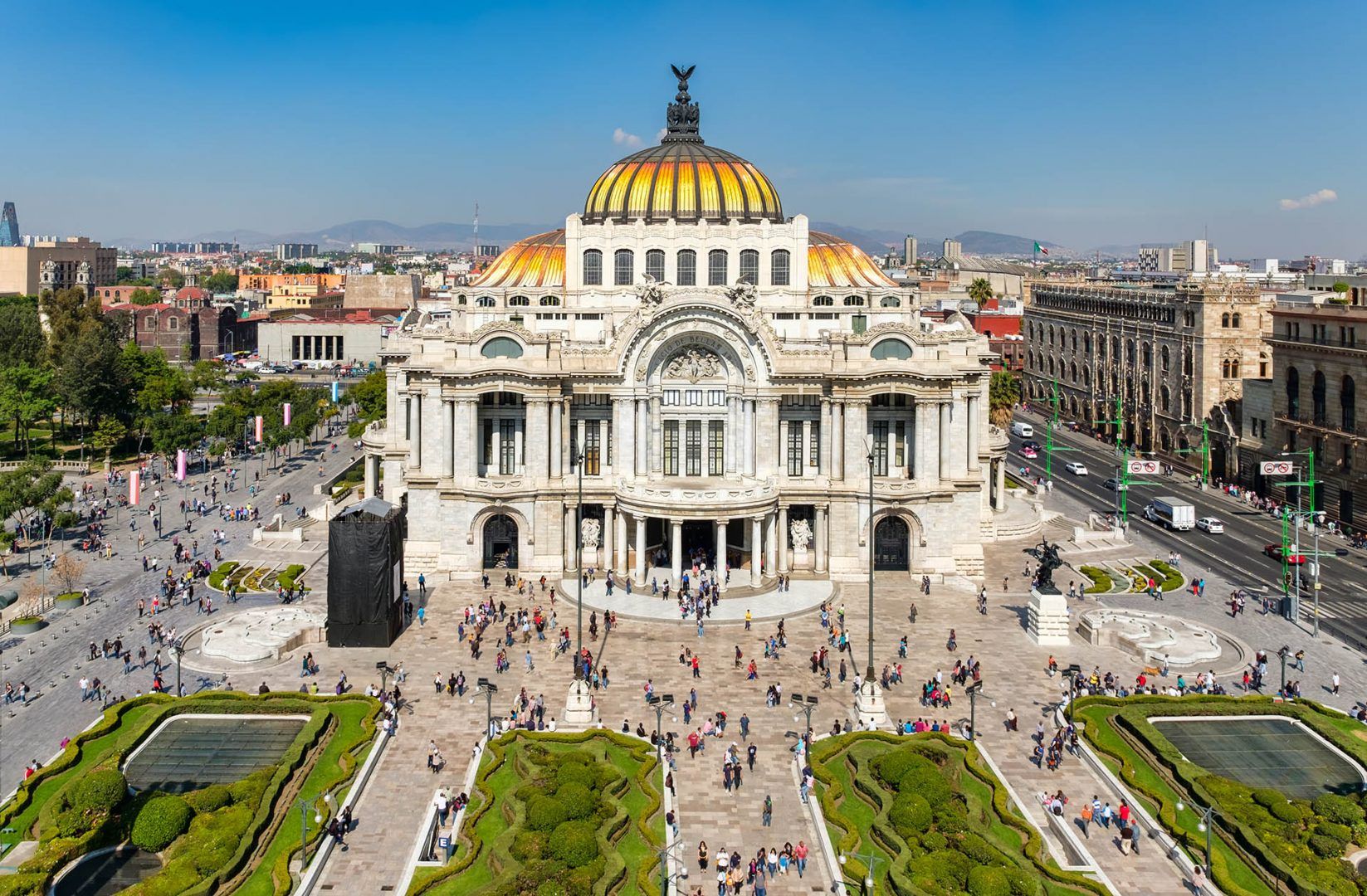Step 5: Lock in your major bookings
When to do this: 2-3 months before (4+ months for high season)
Booking key reservations ahead of time helps keep your trip on track and reduces stress. Flights, accommodations, and certain activities can fill up quickly, especially during busy seasons, so planning early gives you better availability and prices. Waiting too long can mean fewer options and higher costs, which can make trip planning more complicated.
Decisions to make:
- How are you getting to Mexico?
- Where to stay?
How to get to Mexico from the US
Mexico is well connected to the US, with direct flights from many major cities to places like Mexico City, Cancún, and Los Cabos. Airlines range from budget carriers to full-service options, with common routes including Los Angeles to Mexico City, Miami to Cancún, and Houston to Monterrey. Flight times vary from 2-5 hours. If you're looking for a budget-friendly option, consider flying into secondary airports like Tijuana, which can be reached via the Cross Border Xpress from San Diego.
How to save money on plane tickets
Planning ahead can help you get better deals on flights to Mexico. Booking international flights 3-4 months in advance often results in better fares. Midweek flights are usually cheaper than weekend departures, and flying into alternative airports can sometimes save money—for example, Puerto Vallarta may have lower fares than Los Cabos for reaching the Pacific coast. Budget airlines like Volaris and VivaAerobus can offer good deals, but be mindful of extra fees.
Driving to Mexico
Driving into Mexico gives you quite a bit of flexibility but it requires some preparation. Popular border crossings include Tijuana, Nogales, and Laredo. To drive legally, you'll need a valid passport, vehicle registration, Mexican auto insurance, and in most cases, a temporary vehicle import permit (except for Baja California). Cross early in the day to avoid long waits, and stick to major highways. Some rental car companies don’t allow their vehicles to be taken into Mexico, so check the policies before making plans. If you cross the border frequently, a BorderFast pass can make the process smoother.
Where should you stay in Mexico?
Mexico has a wide range of accommodations, from large resorts to smaller boutique hotels and vacation rentals. Booking ahead is important during the high season (December-April) and major festivals. Colonial cities often have boutique hotels in restored historic buildings, while coastal destinations feature resorts and condos. If you’re headed to the capital, see our guide for where to stay in Mexico City.



















